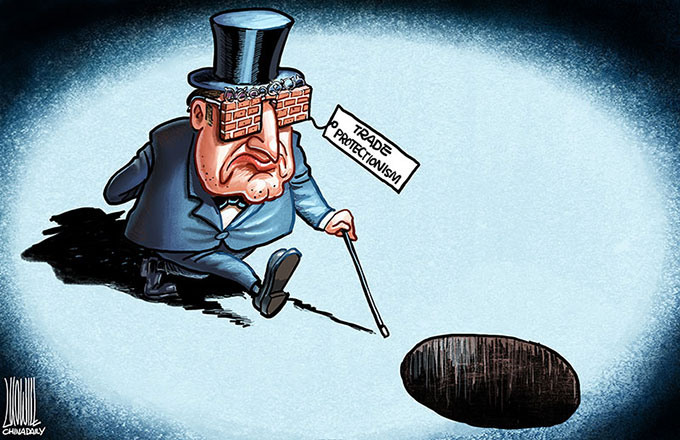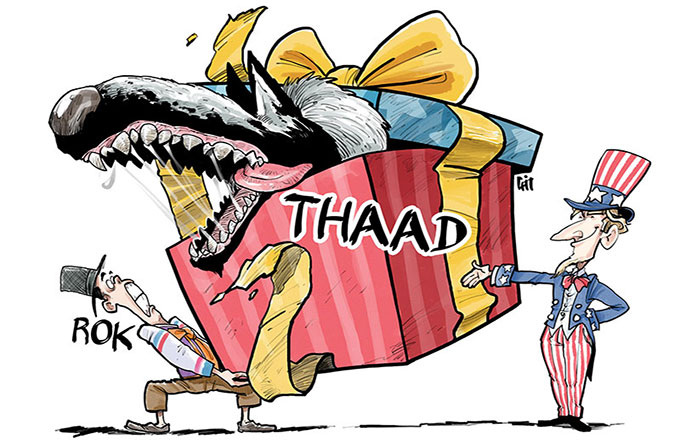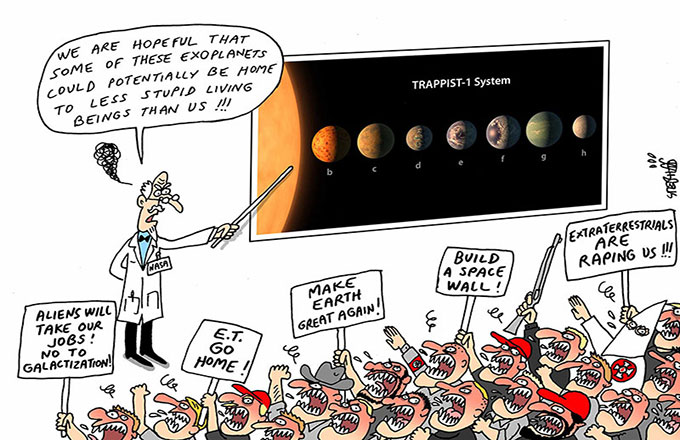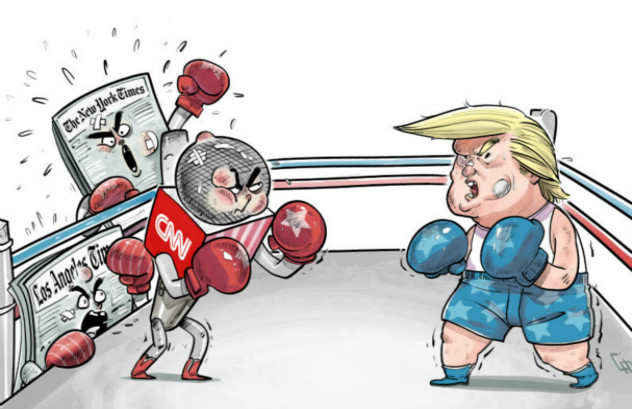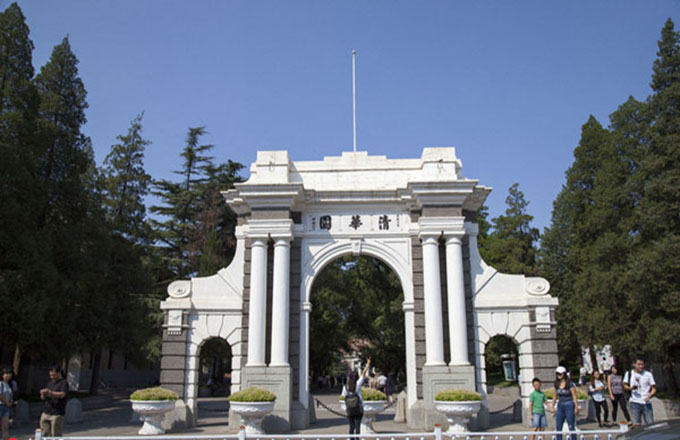Promoting Pacific peace
Window of opportunity for US and China to reset relations and advance political, economic, military and security ties
The United States' rebalancing to Asia was launched in November 2011 in the post-counterterrorism era, with the US increasingly viewing the Asia-Pacific region as strategically important as it shifted its strategic focus from Afghanistan and Iraq. The rebalancing led to strong anxiety in Europe as well as in Asia. While the Europeans were preoccupied by the partial withdrawal of US troops from Europe and the region's declining importance in the US' grand strategy, Asian countries were more concerned with the negative reaction from China and the reorganization of the regional structure.
Although many US officials, such as Tom Donilon and Kurt Campbell, claimed that the strategy was not aimed at China, there were still many debates among US officials and intellectuals over how to pacify China's doubts and accusations. Kenneth Lieberthal, a seasoned China hand with the Brookings Institution and a former senior director for Asia-Pacific Affairs at the National Security Council, called for a rebalancing of the Obama administration's strategy toward China.
While President Barack Obama's former secretary of state Hillary Clinton's first foreign visit was to Asia, new Secretary of State John Kerry's first trip was to Europe and the Middle East, The reasons are clear: The US and Europe are committed to revitalizing the transatlantic alliance through cooperation on economic, security and political issues, ranging from the Middle East peace process to Iran's nuclear ambitions and from the Syrian crisis to cyber security. The Transatlantic Trade and Investment Partnership negotiations, which are expected to begin soon, are the most recent signal of their rapprochement.
The revival of closer US-Europe cooperation is not only aimed at boosting the US' sluggish economic recovery and preventing another recession in Europe, it is also aimed at addressing the daunting long-term challenges they face, including the growing economic competition from emerging market countries. Furthermore, the US also wants to "pivot to Asia" in conjunction with the Europeans, who are eager to benefit from the economic prosperity in the Asia-Pacific region. The US' re-affirmation of the strategic value of Europe and its treatment of Europe as a cooperative partner in its rebalancing to Asia has helped alleviate Europe's worries over the US' strategic shift.
However, it will take time and patience to convince China that it isn't the target of the US' strategic rebalancing. Although the US claims that it hasn't taken sides in the territorial disputes in the South China Sea and the East China Sea between China and some of its neighbors and has called for their peaceful resolution, China views the US actions as proving it is biased against it.


